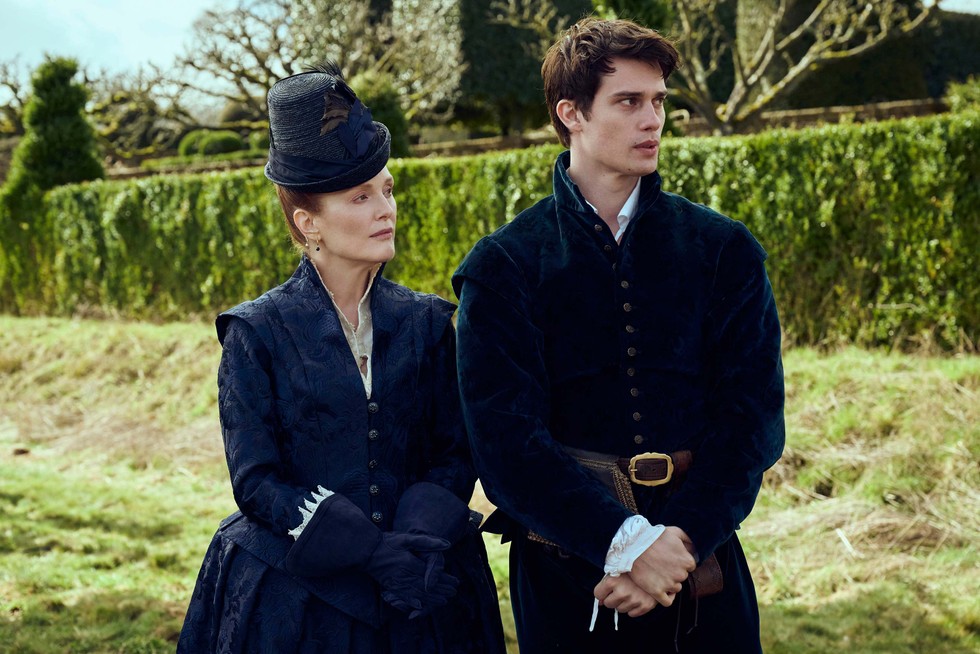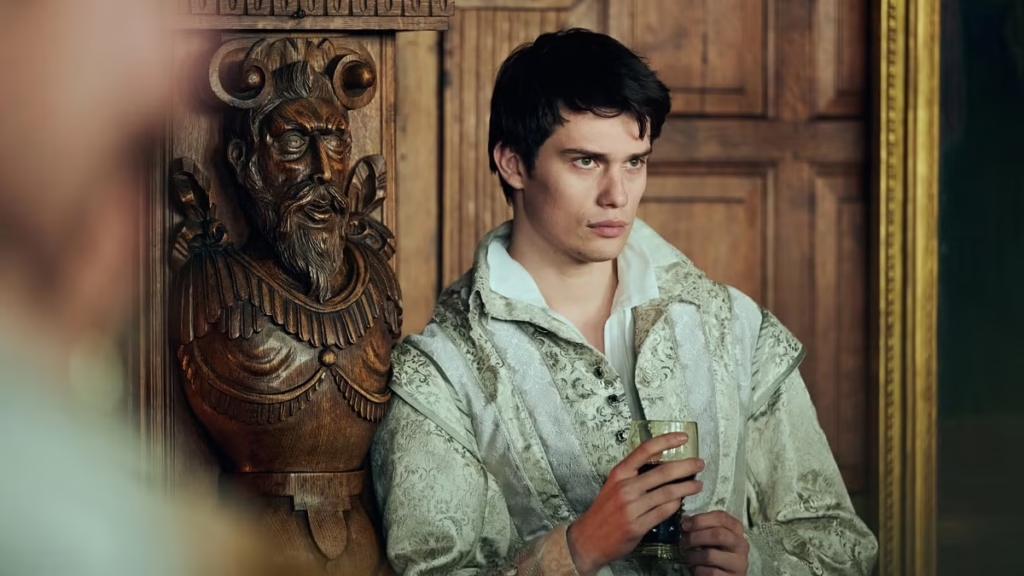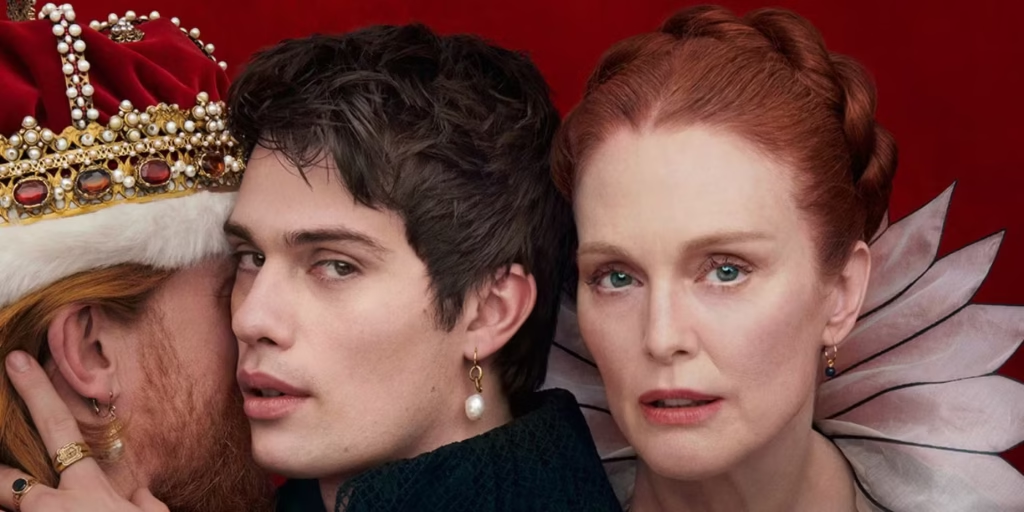Mary & George: The Scandalous True Story Behind the Royal Drama

Introduction: Royal Intrigue, Power, and Seduction
The TV series Mary & George has captivated audiences with its lush sets, powerful performances, and tantalizing story of ambition and manipulation at the Stuart court. But is it all fiction? Surprisingly, the series is rooted in real history, based on the true story of Mary Villiers and her son George, whose rise to the heart of power during the reign of King James I of England is as extraordinary as any modern political thriller.
This article uncovers the real people, events, and secrets behind the series—from Mary’s bold social climbing to George’s infamous role as the king’s favorite.
1. Who Were Mary and George Villiers?
Mary Villiers (1570–1632) was a shrewd and ambitious English noblewoman. Coming from relatively modest beginnings, she was determined to elevate her family’s status in court. Widowed early, she focused her energy on advancing her children, particularly her son George.
George Villiers (1592–1628), later the 1st Duke of Buckingham, became one of the most powerful and controversial figures in 17th-century England. With his mother’s encouragement and careful planning, George won the favor of King James I, eventually rising to become his closest advisor—and possibly more.
2. The King’s Favorite: George and James I
One of the most debated aspects of Mary & George is the relationship between George Villiers and King James I. Historical records and letters suggest that James I had deep affection and intense admiration for George, often writing in emotional and even romantic language.
- James reportedly called George his “sweet child and wife.”
- George held numerous high-ranking positions, including Lord High Admiral and Chief Minister.
- His influence over the king led to widespread accusations of corruption and favoritism at court.
While some historians interpret their relationship as a close emotional and political bond, others suggest there may have been a physical romantic relationship. The truth remains a subject of historical speculation, but the power dynamic between the two was undeniable.

3. Mary Villiers: Ambition in a Man’s World
Mary Villiers was the architect of George’s rise. She trained her son in courtly manners, politics, and even seduction, ensuring he could charm his way into the king’s circle. Her determination paid off handsomely: not only did George rise to unprecedented power, but Mary herself was elevated to the Countess of Buckingham and gained vast influence.
She navigated a world dominated by men with unusual agency for a woman of her time, manipulating alliances and rivalries at court to safeguard her family’s position.
4. Political Power and Controversy
As Duke of Buckingham, George became deeply unpopular among both nobles and the general public. His involvement in foreign policy disasters, such as the failed expedition to Cádiz and his influence over royal marriages, provoked outrage and scandal.
Despite this, King Charles I, who succeeded James I, retained George as his favorite—showing how deeply entrenched the Villiers family had become in royal politics.
5. A Violent End
George Villiers’ story ended violently. In 1628, he was assassinated in Portsmouth by John Felton, a disgruntled soldier who blamed him for England’s military failures. His death was met with public celebration, reflecting how hated he had become, despite his royal favor.
Mary lived on until 1632, witnessing the decline of her family’s fortunes and the legacy of her ambition.
6. Fiction vs. Fact: What the Show Gets Right (and Wrong)
The series Mary & George takes dramatic liberties for entertainment, but the core of the story—a mother’s ruthless ambition, a son’s meteoric rise, and the king’s obsession—is historically accurate.
What’s true:
- Mary’s role in advancing George’s court career.
- George’s rapid ascent and controversial influence over King James I.
- The possibility of a romantic relationship between George and James.
- George’s political interference and eventual assassination.
What’s dramatized:
- Dialogue and specific court intrigues are fictionalized for tension.
- Some characters and events are condensed or merged.
- The exact nature of George and James’s intimacy remains speculative.

Conclusion: A Story Stranger Than Fiction
Mary & George might seem like a tale spun from imagination, but it’s firmly rooted in one of history’s most intriguing power plays. The true story of Mary Villiers and her son George reveals how ambition, charm, and strategic brilliance could alter the fate of a kingdom. It’s a tale of scandal, power, and legacy—one that continues to fascinate centuries later.




